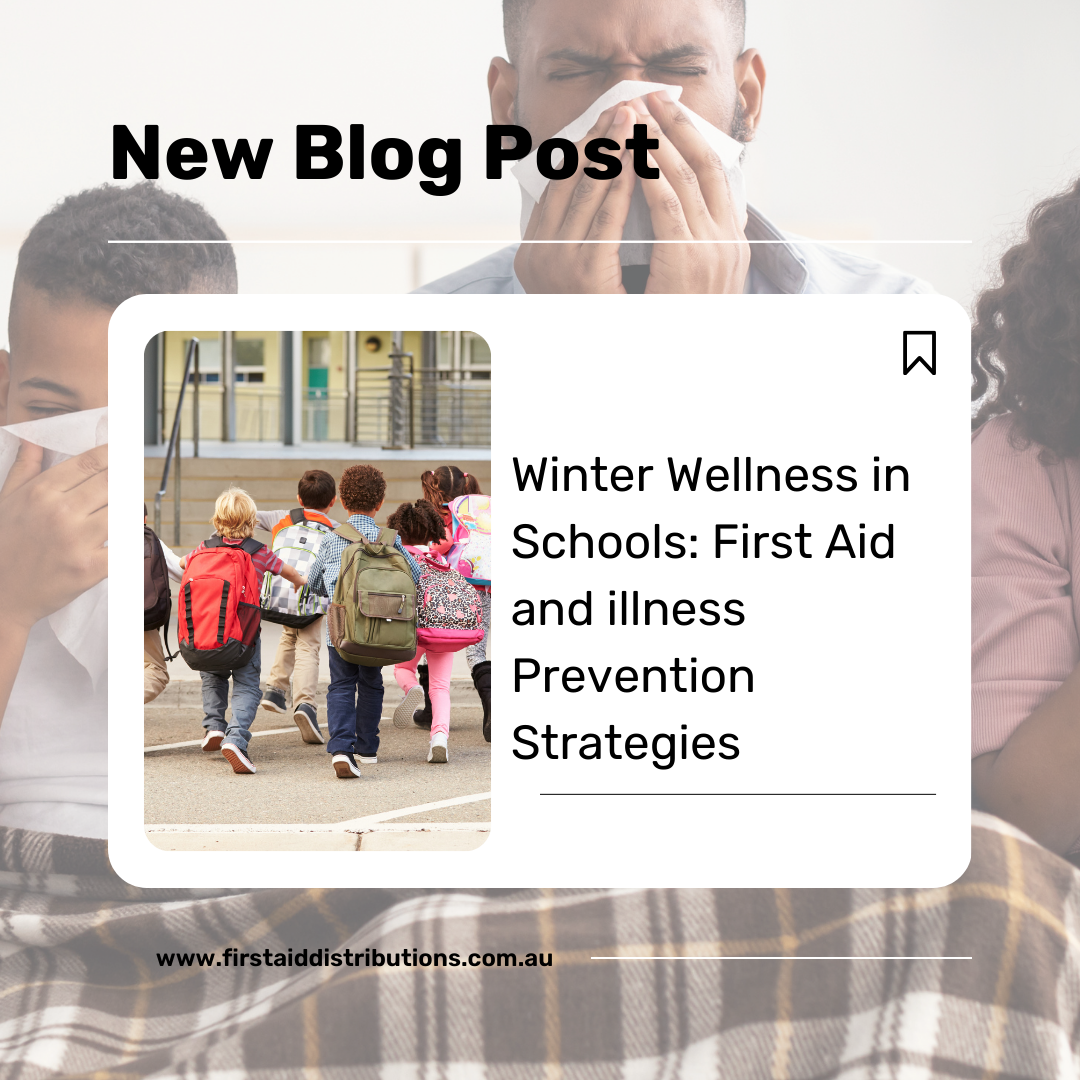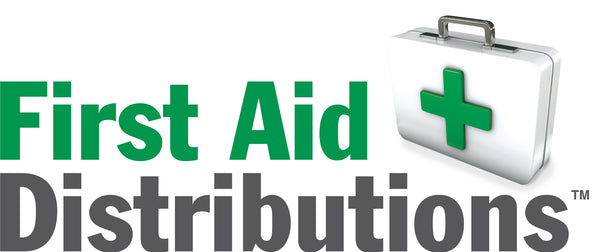FREE FREIGHT AUSTRALIA WIDE FOR ORDERS OVER $200

Winter Wellness in Schools: First Aid and Illness Prevention Strategies
As the winter months approach, schools face the dual challenge of managing common injuries during school activities and controlling the spread of illnesses. This post is dedicated to helping school administrators and teachers develop robust strategies to maintain a healthy school environment through effective first aid and illness prevention measures.
Building a Healthy School Environment
The cornerstone of keeping students healthy during winter is preventing the spread of germs and ensuring quick response to any injuries or illnesses that occur on school grounds. Here’s how schools can tackle these challenges effectively:
1. Enhancing Illness Prevention
-
Frequent Hand Washing: Encourage frequent and thorough hand washing among students and staff. Installing hand sanitizer stations in classrooms, hallways, and near entry points can supplement hand washing, especially when soap and water are not readily available.
-
Respiratory Etiquette: Teach and reinforce covering coughs and sneezes with a tissue or elbow among students and staff. This simple practice can significantly reduce the spread of germs.
-
Routine Cleaning and Disinfection: Increase the frequency of cleaning and disinfecting high-touch surfaces such as doorknobs, light switches, and classroom desks. Using EPA-approved disinfectants can help ensure effectiveness against common viruses and bacteria.
-
Stay Home When Sick: Encourage parents to keep sick children at home. Staff should also adhere to this policy, setting a responsible example and reducing the risk of spreading illness.

2. Managing Winter Injuries
-
First Aid Kits: Every classroom should have access to a basic first aid kit that includes supplies for treating cuts, bruises, and minor sprains. Ensure these kits also include items like ice packs for bumps and bruises that can occur during indoor and outdoor activities.
-
First Aid Training for Staff: Organise first aid training sessions for teachers and support staff. Knowing how to properly respond to common injuries can make a significant difference in recovery outcomes and prevent minor injuries from becoming severe.
-
Safe Physical Activity: Monitor indoor and outdoor play areas for safety hazards, especially during winter when ice can form on playground equipment and paved surfaces. Ensure that play areas are adequately maintained to prevent accidents.

3. Age-Appropriate Health Education
-
Incorporate Health Education into Curriculum: Use age-appropriate lessons to teach students about hygiene, the importance of keeping warm, and ways to stay healthy during winter. Interactive activities can make learning about health more engaging and memorable.
-
Engagement with Parents: Communicate regularly with parents about health tips and the importance of appropriate winter clothing. Sharing information on how to recognise the early signs of illness can also help in managing health more proactively.
Creating and maintaining a healthy school environment requires coordinated efforts among all school staff and engagement with the student community and their parents. By implementing strategic first aid and illness prevention measures, schools can ensure that the winter months are safe and healthy for everyone involved. This proactive approach not only helps in managing the challenges of the winter season but also contributes to the overall well-being and academic success of students.
